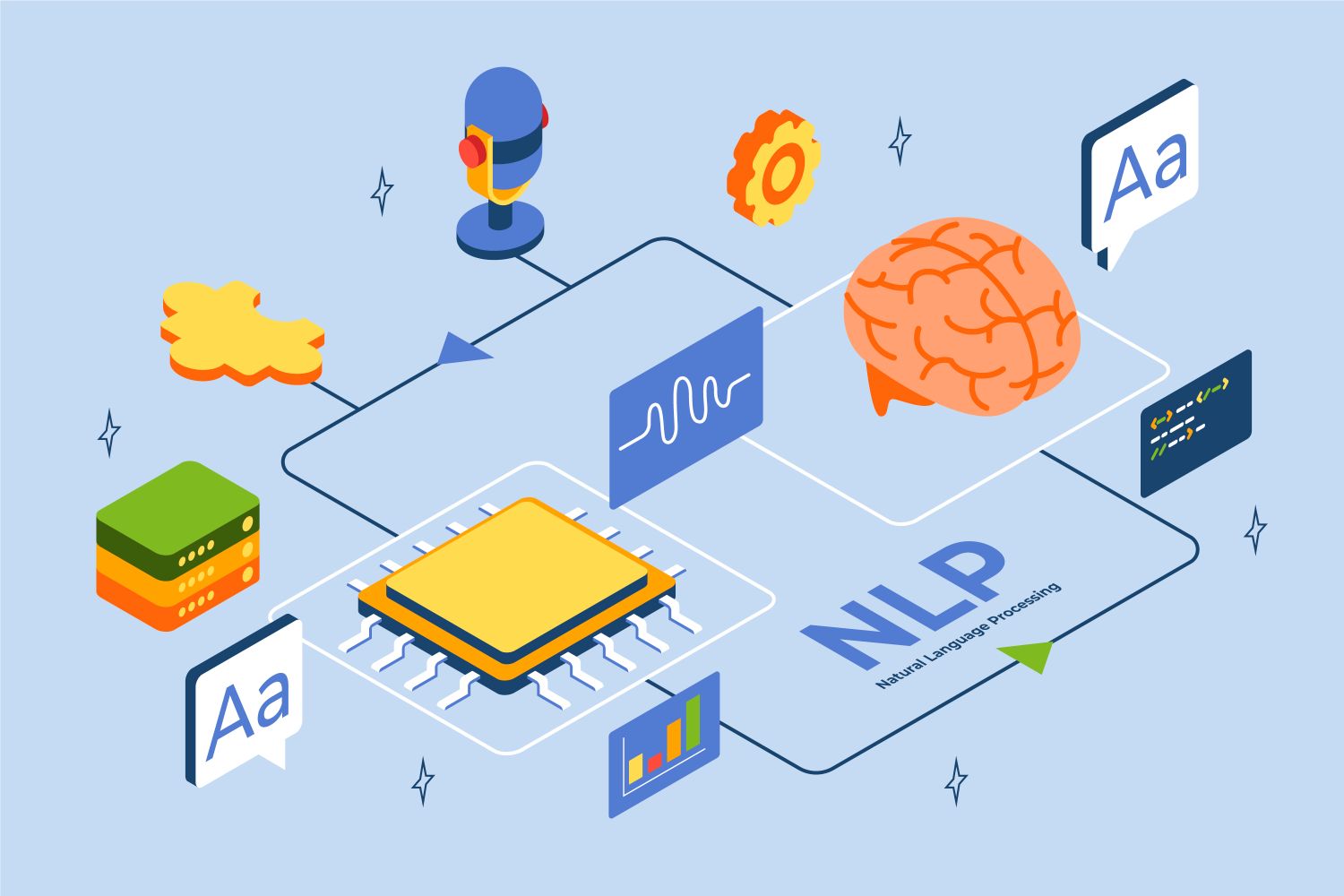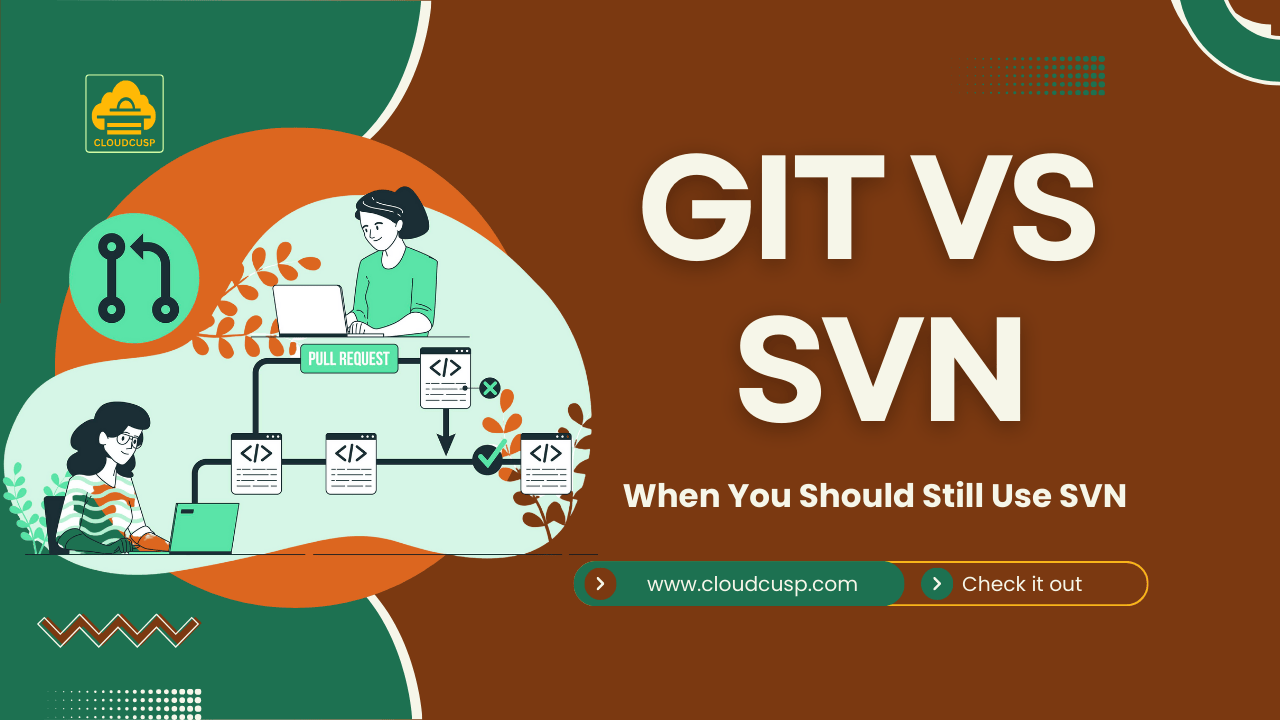Category: Blog
Your blog category
What is the Software Testing Life Cycle (STLC)? 6 Key Stages & Importance
Imagine you are launching a new mobile app that helps users track their daily water intake. Your development team has worked tirelessly to create an [Read More…]
AI in Crisis Response: How AI Helps in Predicting & Managing Disasters
It was a stormy evening in a coastal town when meteorologists issued a warning—a Category 5 hurricane was approaching. In the past, such warnings were [Read More…]
10 Crucial Docker Commands Every Data Engineer Should Know (With Examples)
Imagine you’re a data engineer working on a large-scale data pipeline. Your team needs an efficient way to deploy and run ETL jobs, manage dependencies, [Read More…]
8 Best AI & Machine Learning Libraries for Python
Python has become the dominant language for AI and machine learning due to its extensive ecosystem of libraries and frameworks. Whether you are working on [Read More…]
Essential SVN Cheat Sheet Table: Subversion Commands & Best Practices
Apache Subversion (SVN) is a widely used version control system that allows developers to track changes, collaborate efficiently, and manage source code repositories. This page [Read More…]
Git vs SVN: Why Git is Winning & When You Should Still Use SVN
Version control systems (VCS) are essential tools for managing and tracking code changes in software development. Two of the most widely used VCS are Git [Read More…]
Majorana 1: How Microsoft is Solving Quantum Computing’s Biggest Challenges
Imagine a world where computers can solve problems beyond human comprehension—problems that would take centuries for today’s supercomputers to crack. Microsoft’s Majorana 1, a ground [Read More…]
CrewAI: Revolutionizing AI Agents for Seamless Automation
In a world where Artificial Intelligence (AI) is rapidly transforming industries, the concept of autonomous AI agents is becoming increasingly significant. Imagine a scenario where [Read More…]
LangChain and LangGraph: Powerful AI Agent Frameworks
In today’s rapidly evolving AI landscape, developers face an ever-growing need to build intelligent, adaptable, and scalable applications. Whether it’s chatbots, autonomous research agents, or [Read More…]
Raspberry Pi vs Arduino: Choosing the Right Platform for Your Project in 2025
In the world of electronics and embedded systems, two names stand out—Raspberry Pi and Arduino. Whether you are a beginner, a hobbyist, or a professional [Read More…]









